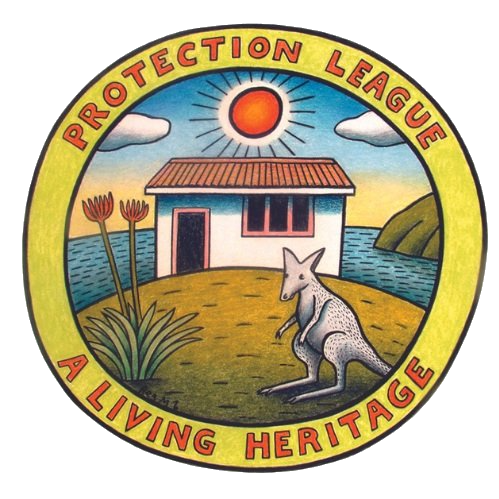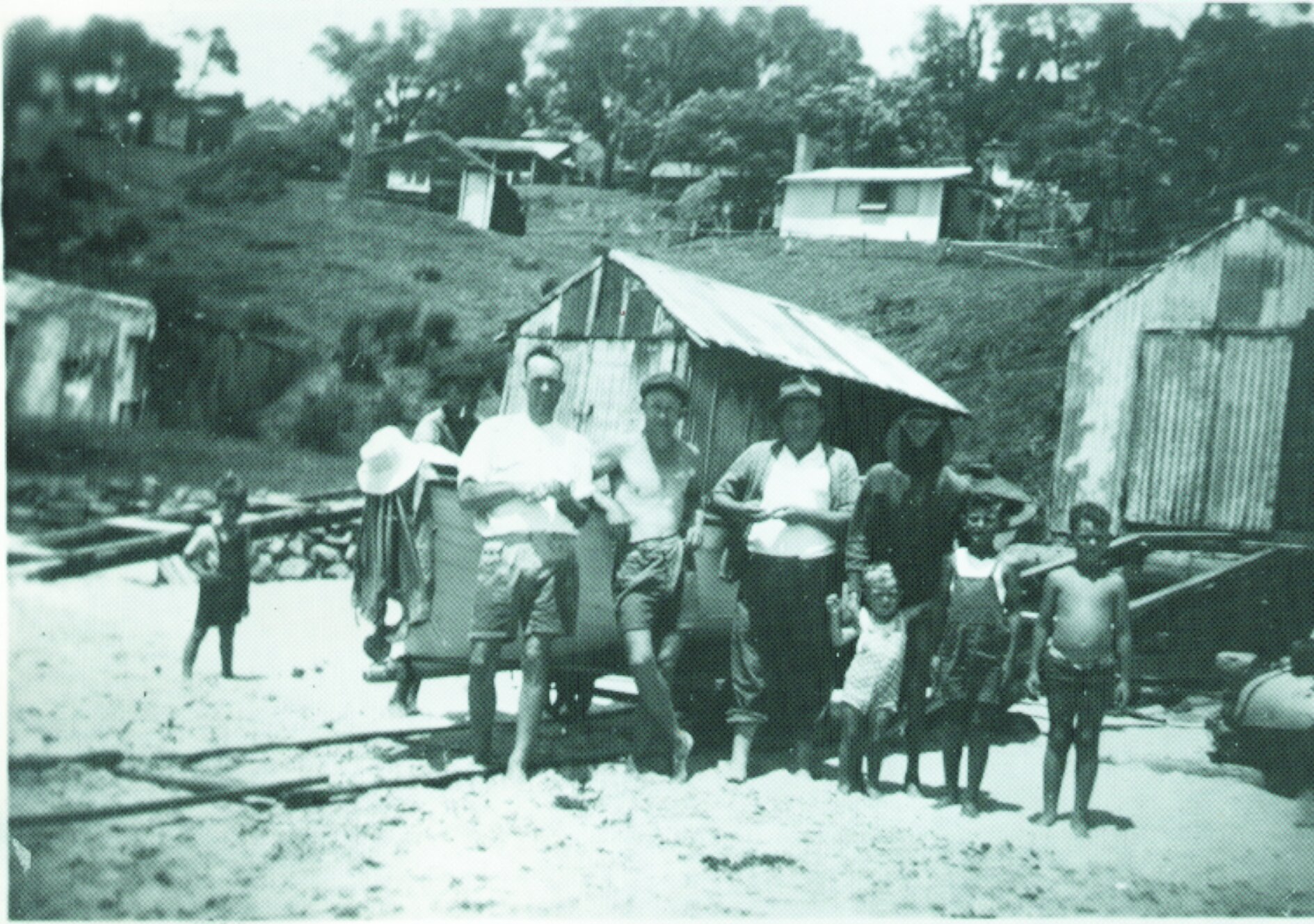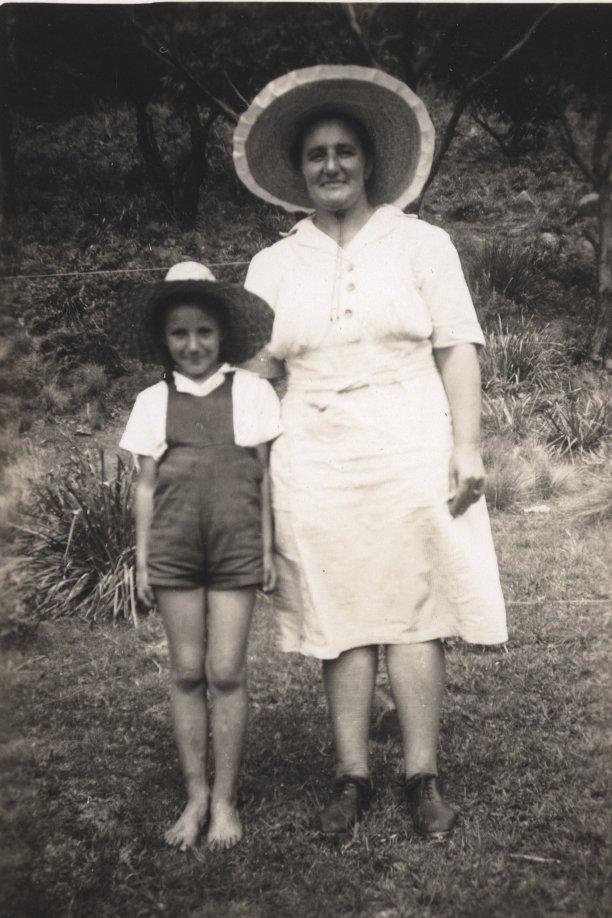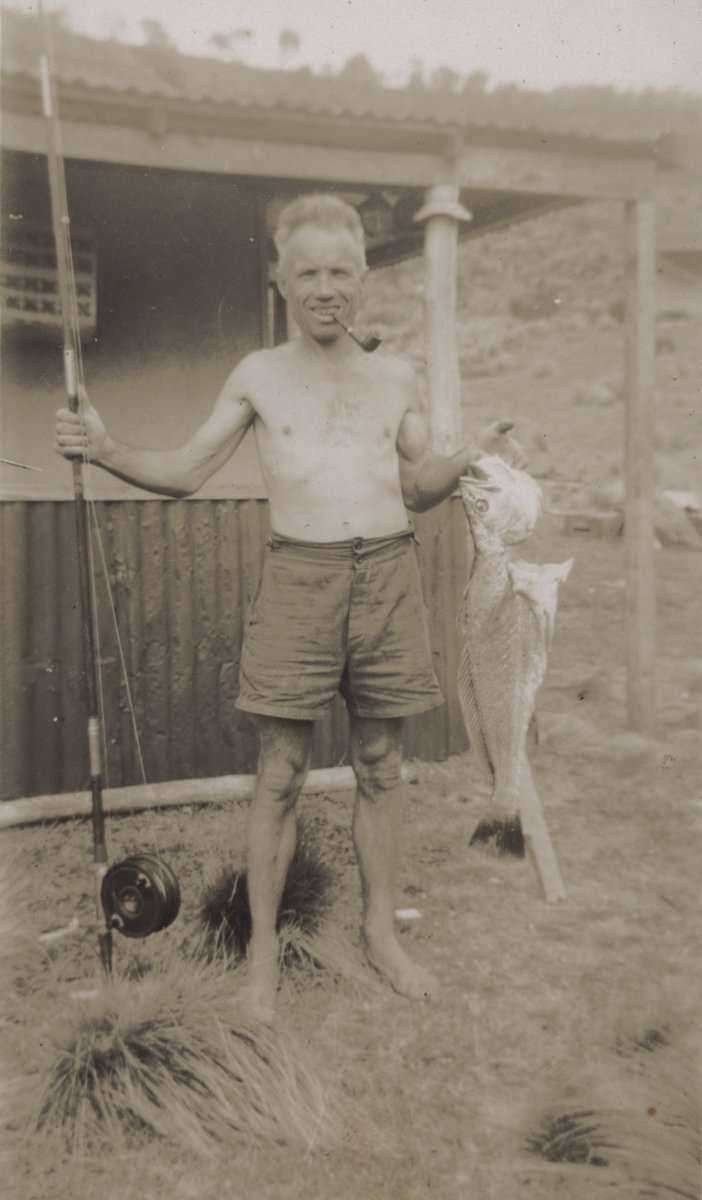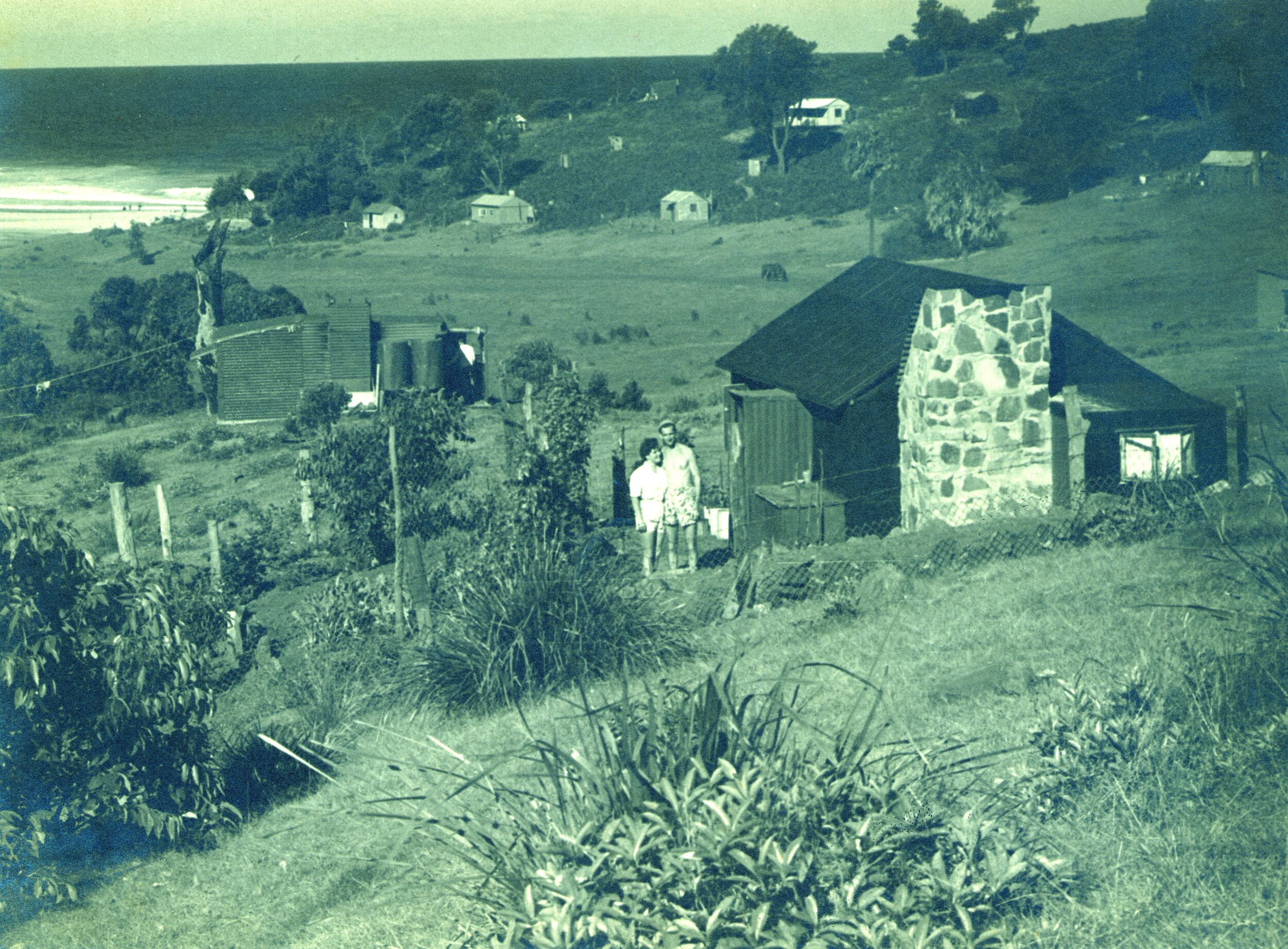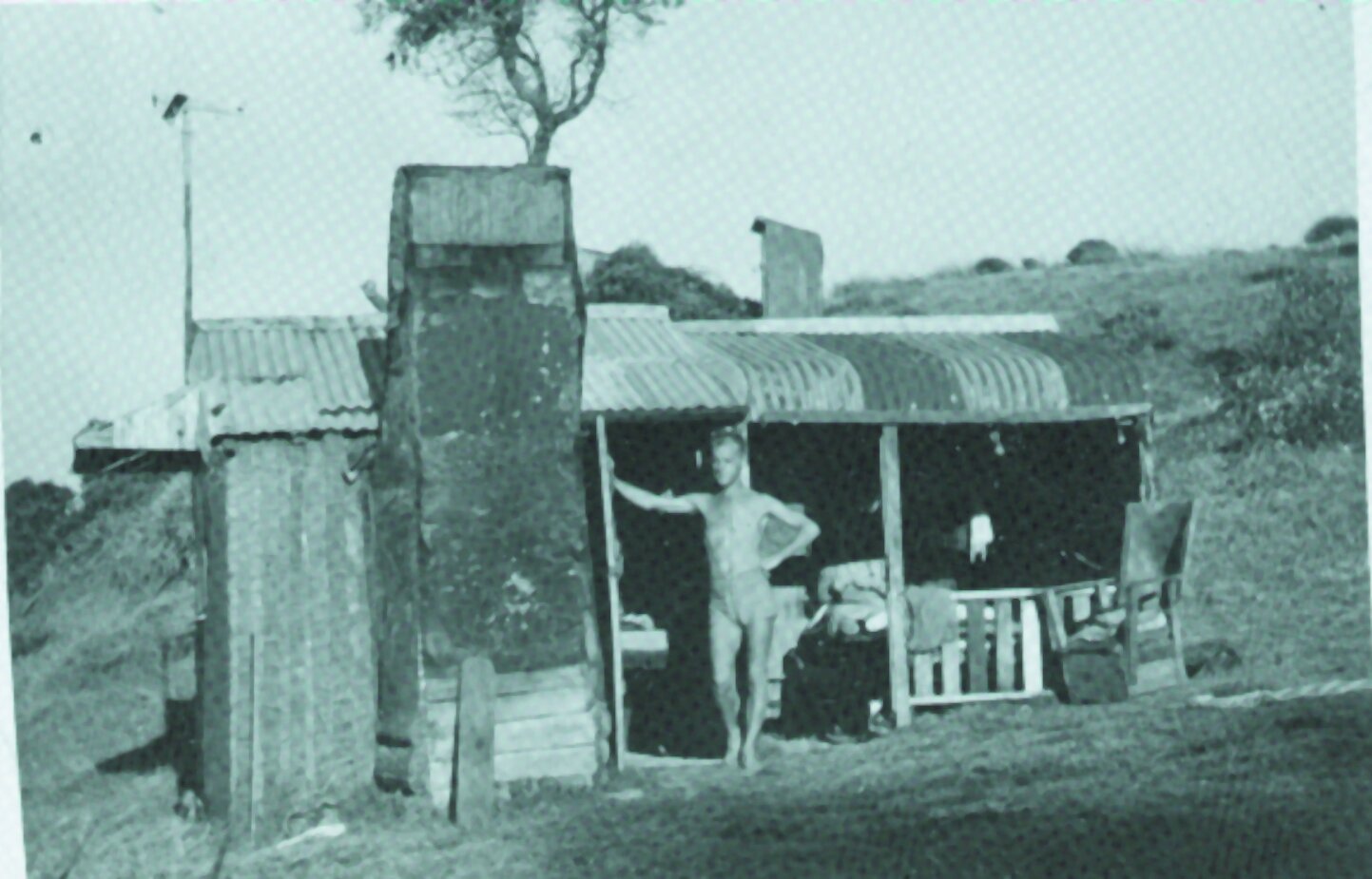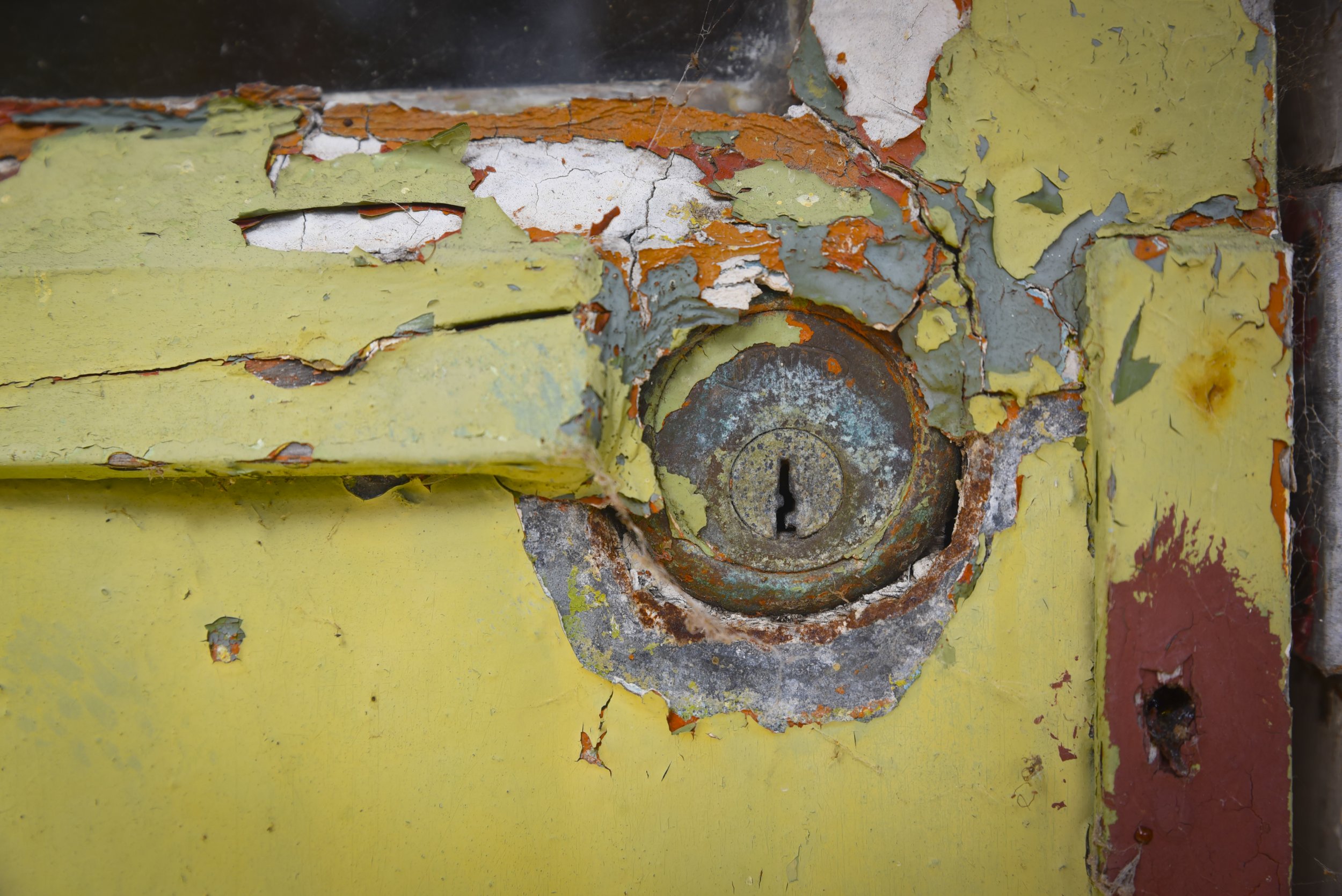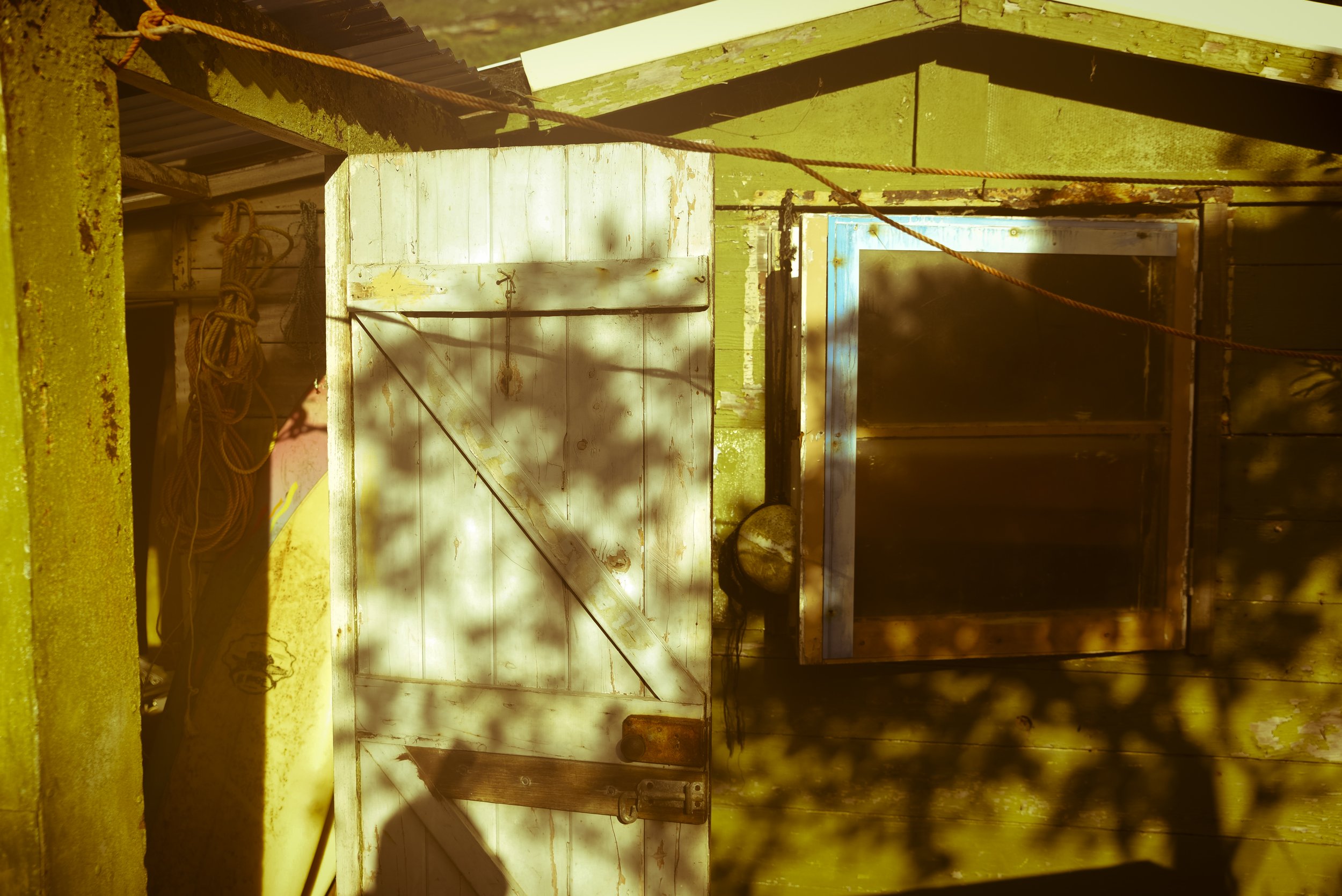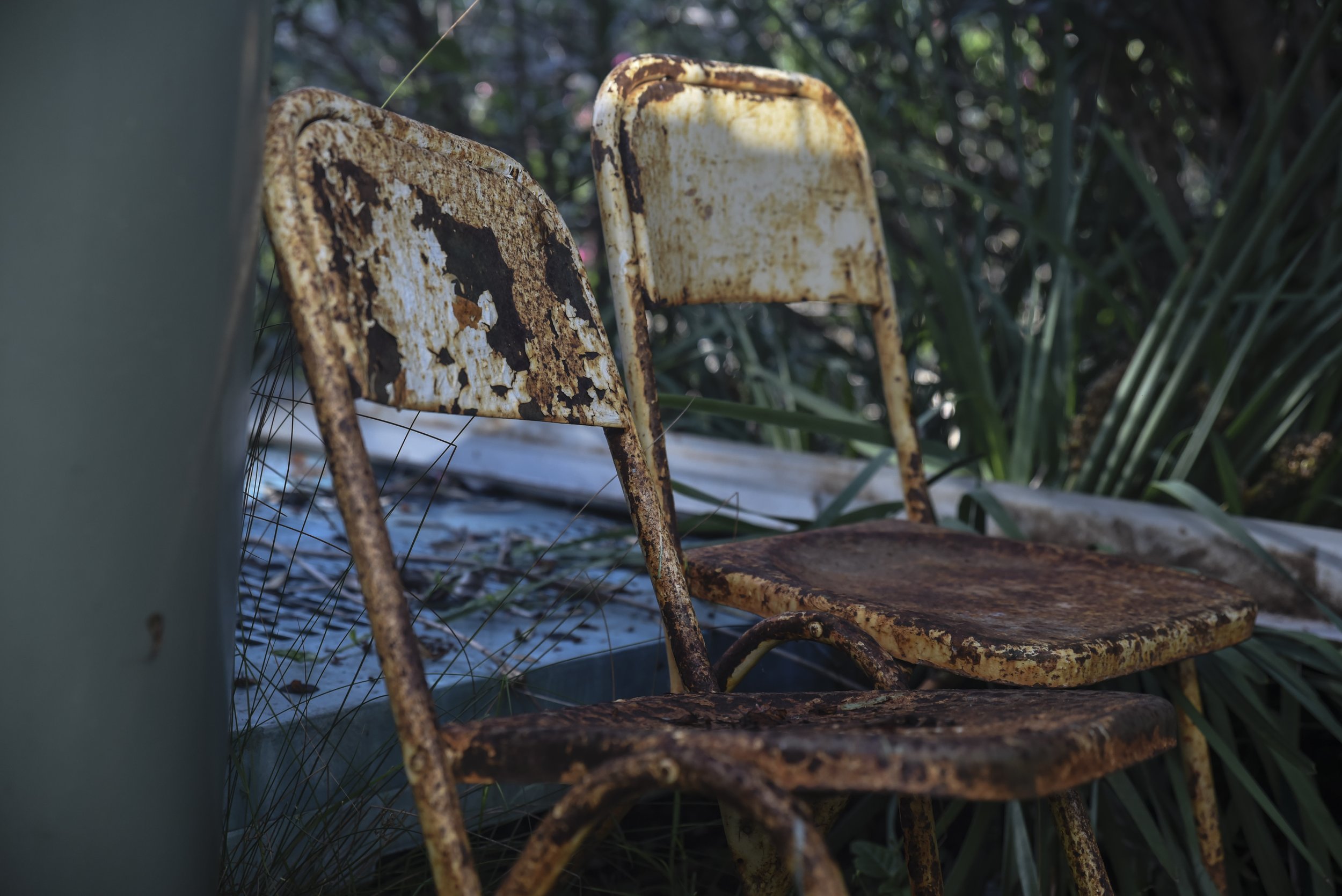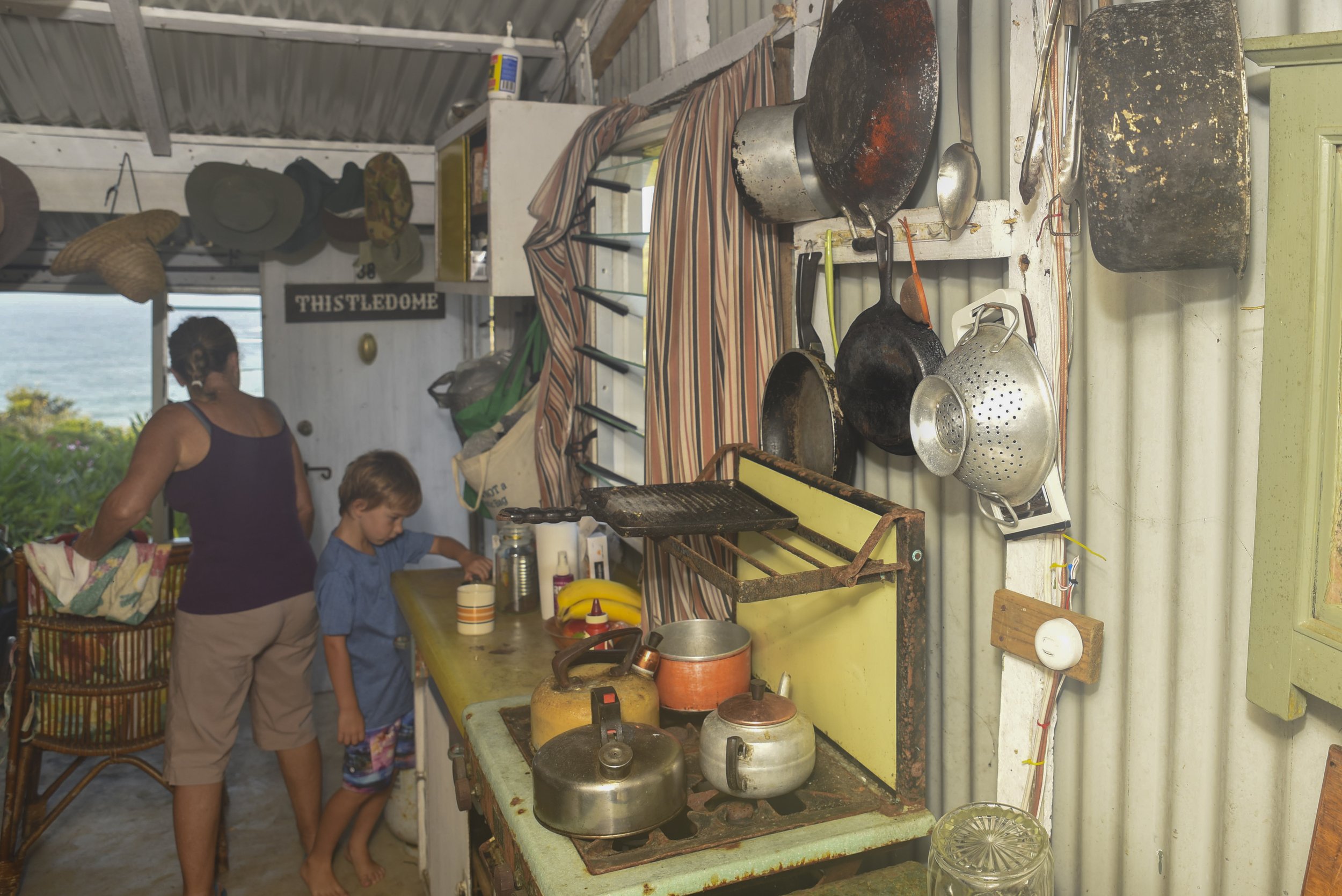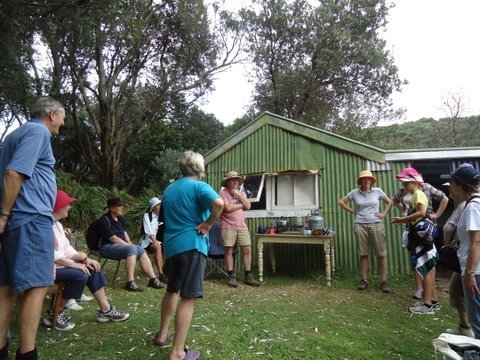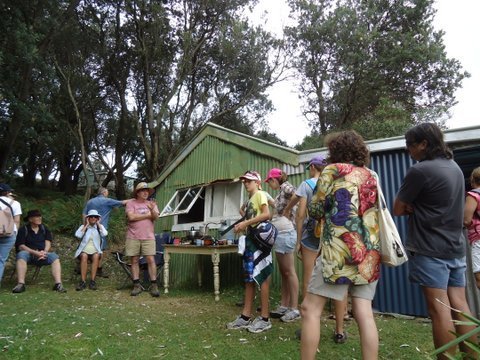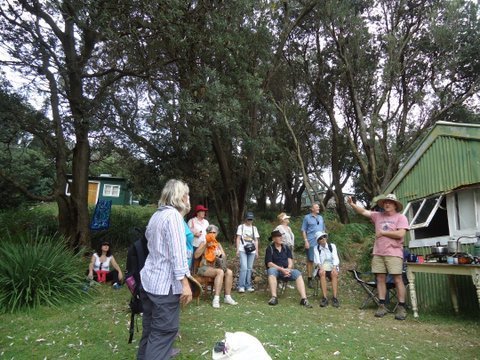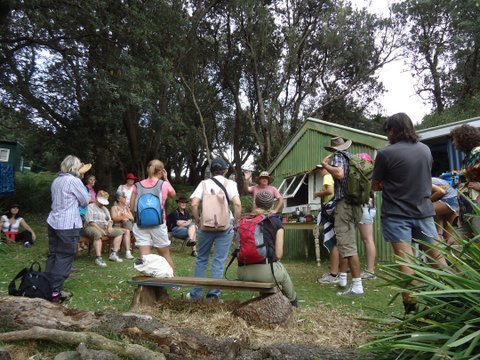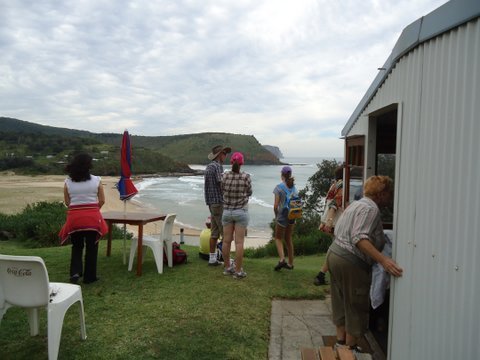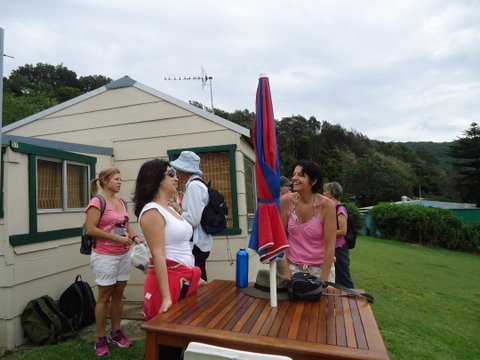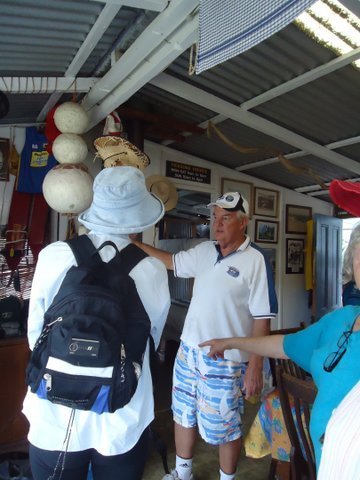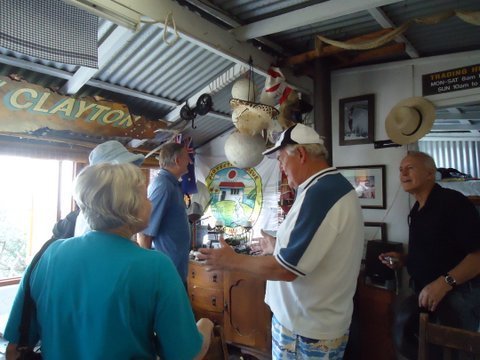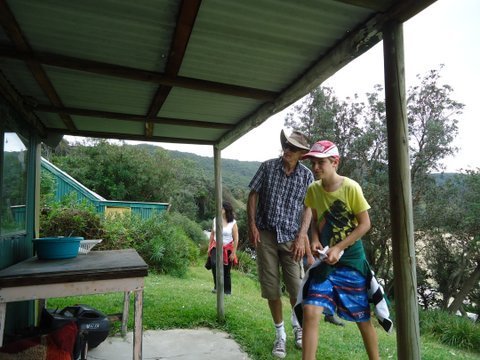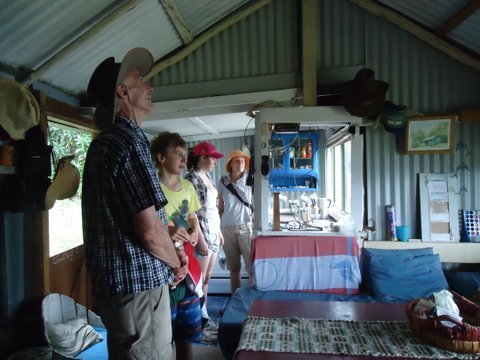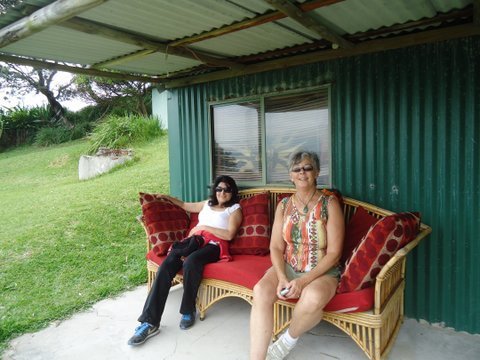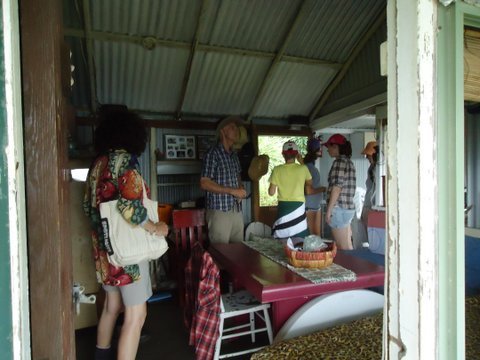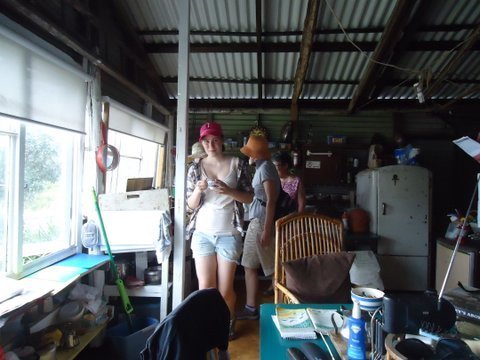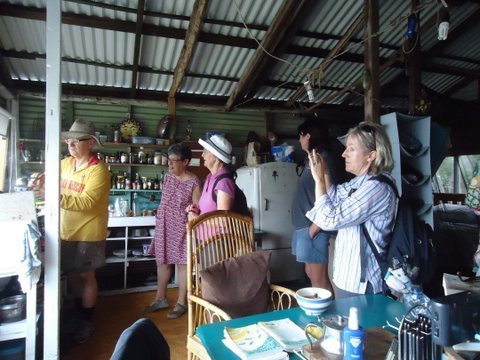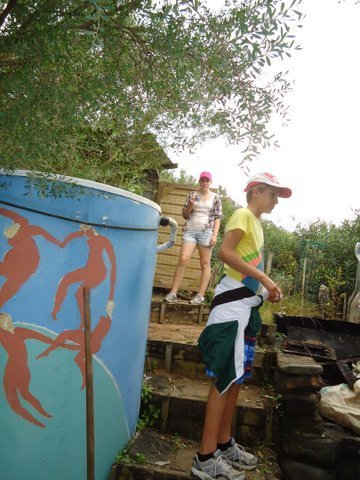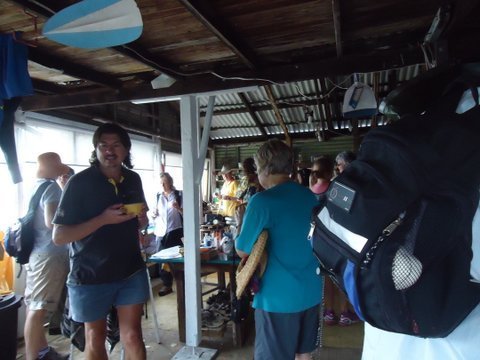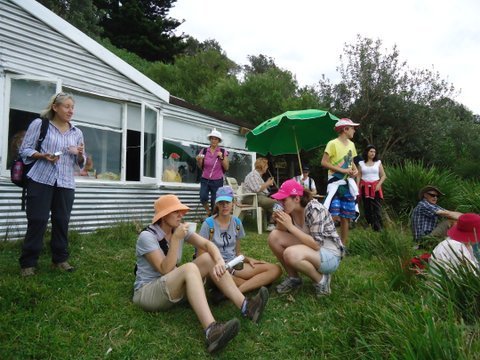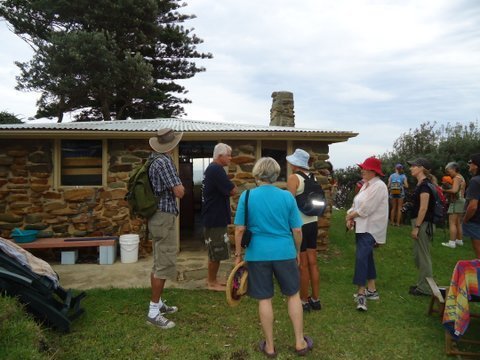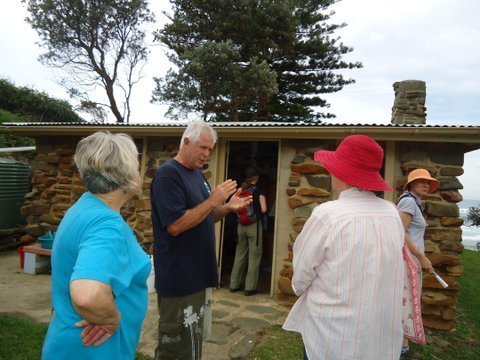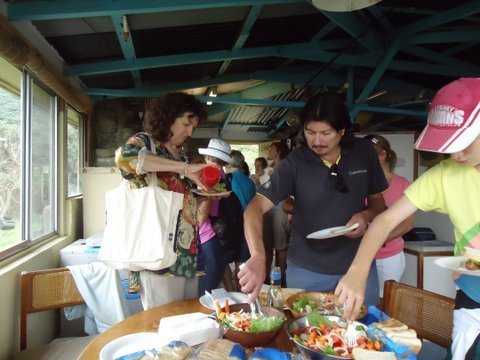

The Importance of the Cabin and Its Community
The cabin communities of Little Garie, Era, and Burning Palms have a long history of heritage recognition.
-
In the 1980s, threatened by a demolition policy, the cabin community first sought and achieved recognition of their heritage values.
The National Trust of Australia first listed the cabin communities, and the Australian Heritage Commission nominated the groups for protection under the 1977 Heritage Act (NSW). This recognition catalysed a new approach to cabin management, acknowledging the communities cultural significance and recommending that they be retained. Ultimately, a moratorium on the demolition of the cabins was achieved.
-
In January 2000, the cabin communities were added to the Wollongong Local Environmental Plan (LEP) as a local heritage item (number #6483).
In 2006 the cabin communities were nominated for heritage listing on the State Heritage Register in a joint application with the National Parks and Wildlife Service.
-
In April 2012, the Little Garie, Era and Burning Palms cabin communities were added to the State Heritage Register (item number #01878).
Listed on the State Heritage Register, the cabin communities are of particular importance to the people of NSW and enrich the understanding of NSW’s history and identity.
The cabin communities of Little Garie, Era, and Burning Palms are of State significance for; historical, aesthetic, social significance, rarity and representative values.
Historical significance
The Little Garie, Era and Burning Palms groups are ‘the largest and most intact examples of weekender cabin communities remaining in NSW’. Having continued use for over fifty years, the cabin communities demonstrate historical links between Sydney and the Illawarra region. The development of simple weekender-style accommodation in Sydney throughout the 1920s-30s is a key piece in the history of the Royal National Park. The cabin lifestyle depicts unique historical patterns of use. Demonstrating self-regulated communities operating within and affected by varying tenure and the actions of various external agencies (Park Trustee, NPWS, Office of Environment and Heritage). They are important to NSW as evidence of the evolution of a remarkable way of life. They are associated with particular recreation and leisure activities from the early and mid-twentieth century that were once common to coastal NSW but are now rare.
Aesthetic significance
The communities display aesthetic and creative achievement in the arrangement of large village-like groups of a now rare vernacular building type (meaning local construction, materials and resources). They are set within a dramatic and harsh maritime environment, which was once pastoral land.
The cabin landscapes have no direct comparison in NSW (in terms of scale and setting). They are an uncommon example of an unusual building type (the weekender cabin). The cabins are an important illustration of the 1920’s-50’s period and use; constructed without formal design controls. Changes that followed were restricted by license conditions, preserving their vernacular attributes and use. The repeating patterns, styles, and materials demonstrate the communal and traditional construction methods and the limitations of the environment and the isolated location.
Social significance
The broader cabin area contains sites with cultural, spiritual and social associations with the Dharawal people and local community associations, such as the Illawarra Local Aboriginal Land Council and La Perouse Local Aboriginal Land Council, and are essential to Dharawal people as burial sites.
The cabin communities demonstrate social significance at the State level because of the wide range of direct affiliations to the cabin communities across a broad regional area, the strength of ties to and sense of identity within the cabin communities, the strong sense of place and belonging in the landscape, and continuing family associations (over four generations in many cases). Cabin community members have a profound collective association with the cabin location and lifestyle, including the transfer of generational values and self-sufficiency, respect for different values and beliefs and shared obligations for issues such as track maintenance and surf lifesaving.
Rarity value
The cabin communities are rare in NSW; they depict a lifestyle and architecture that is becoming uncommon in Australia. The cabin landscape exhibits historical layers; the size of the cabin groups and their dramatic setting have generated a ‘rare series of cultural landscapes’ about NSW. There are no remaining groups of weekender cabin communities comparative in size in NSW, except Bulgo (located on the southern end of the Royal National Park).
Representativeness
The cabin communities are of State significance as representative examples of the principal characteristics of other mid-twentieth-century vernacular weekenders located on public coastal land in NSW. The particular history, strong social associations, size and settings of cabin communities are unusual and outstanding in a NSW context, according to the cabin community. The size and diverse cultural and community backgrounds of the cabin communities are novel, while the remoteness of the community’s location has caused specific constraints not found in other examples.
What the experts say
“Conservation and management of individual cabins and the cabins areas generally, should recognise that their primary values are based more on the collective social values of the cabins communities than on physical characteristics or fabric of individual cabins or their immediate surrounds.” (Brooks p 152)“The Era Conservation area is a cultural landscape featuring a now rare example of a “depression-architecture” style community with its original 1920s technology relatively intact and satisfies the following heritage criteria: “Importance for demonstrating the distinctive way of life of the community and its processes which are both of exceptional interest and in danger of being lost.” (National Trust Listing 1993)
“The historical and social development of the shack areas is highly significant, as it is a rare illustration of a community, building group and cultural landscape developing in the absence of amenities, regulated planning, building codes and vehicular access. Self-regulating communities are becoming increasingly rare within NSW.”
SHARING OUR HERITAGE
For the heritage values to be retained into the future, the custodianship of the people of the cabin communities must be recognised and afforded protection.
The cabin users and the descendants of the original builders and owners provide a tangible link with the history.
The value of this heritage to the broader community is not only the buildings but also the knowledge and responsibility that the communities contribute to maintaining the cabin localities. Without the shared aspirations and organisation of the cabin community to save the cabins from demolition, this unique architecture and its communities would have been destroyed.
Now, the challenge is to find a way forward that does not threaten to reduce and disperse the communities.
Sharing this heritage for future generations requires a new approach, with the stewardship of the people of the communities playing a central role.
Community

The cabin communities are long-term visitors and users of the RNP for recreational activities; they originated from Sydney and the Illawarra. The northern Illawarra coal mining communities and southern Sydney and Sutherland residents have particularly close ties to the broader cabin areas. The Helensburgh community has strongly and continuously been associated with Era Beach for over sixty years, and many Helensburgh families have used their cabins for at least four generations.
The cabin communities formed Surf Life Saving clubs at Burning Palms, Era and Garie beaches. The cabin community has continuously patrolled these beaches, providing a service to public safety since the 1930s. The cabin community members highly regard values such as helping one another, making do and serving the public. These values are essential to the cabin community.
Our cabins are integral to our members' sense of identity as individuals and families as a collective. Many members can trace the connection to their cabin over four generations. The cabin community members reside all over Australia, with cabin owners living as far afield as Darwin and Tasmania. The cabin community still remembers the impact of previous demolition policies before 1990, and there is a deep sense of loss for the families whose licenses were terminated and cabins demolished.









